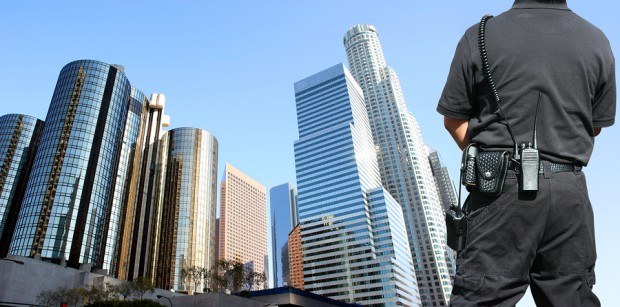Thirty-four property/casualty insurers can add the threat of a negative rating outlook to the list of problems facing their companies at year-end 2013 if the government backstop for terror insurance is not renewed in 2014.
In a briefing published late last week, titled “Future of TRIPRA Remains Uncertain, Rating Pressure Intensifies,” rating agency A.M. Best said that not only do nearly one-quarter of 889 property/casualty insurance units it rates—or 226 of them—have “material terrorism exposure,” but also that a smaller number—34, or 3.8 percent of the 889 total—have failed a terror risk stress test designed to gauge their reliance on the Terrorism Risk Insurance Program Reauthorization Act.
As part of the rating process, A.M. Best uses a stress test to assess the impact of a particular terrorism attack—a conventional weapon attack—on an insurer’s balance sheet. Specifically, in its Supplemental Rating Questionnaire, Best requests that all insurers with more than 10 percent of calendar year written premiums in terror-exposed commercial lines (excluding auto and professional liability, for example), supply an estimate of losses from a scenario similar to a five- or six-ton truck bomb attack occurring when buildings are at their highest occupancy.
The estimates are used to stress an insurer’s capitalization as if TRIPRA did not exist. A resulting pass or fail is determined based on this test as well as others—such as the number of locations materially exposed to terrorism risk. (For more details, see The Treatment of Terrorism Risk in the Rating Evaluation on A.M. Best’s website.)
Failure indicates to A.M. Best that a company is overreliant on TRIPRA. That means that although TRIPRA isn’t set to expire until Dec. 31, 2014, Best may take negative rating actions on any of the 34 failing units that don’t lay out a plan to adequately address their terrorism exposure by n December of this year (as insurers begin to write policies, which are exposed to terror risk after TRIPRA’s stated expiration).
The report also notes that actual losses much higher than those modeled for the SQR are possible, referencing the potential for high severity, as well as the possibility that unconventional terrorist attacks could occur.
“By early December [2013], if TRIPRA is not renewed or if its protection is materially reduced, each rating unit that failed the stress test will be brought before a rating committee” to present an action plan detailing the steps they will take to reduce exposure to terrorism risk. “If the action plan is insufficient, he rating unit will face negative rating pressure, most likely in the form of assigning a negative outlook,” the report says.
While Best did not reveal the names of the 34 p/c units that failed, the report provided the following information about them:
- All have less than $1 billion of surplus
- 59 percent write predominately workers compensation and 32 percent write mainly commercial casualty.
- Nearly 62 percent are rated A-minus or higher.





















 Surge of Supercharged Hurricanes Prompt Call for Cat 6 Classification
Surge of Supercharged Hurricanes Prompt Call for Cat 6 Classification  Good Times for U.S. P/C Insurers May Not Last; Auto Challenges Ahead
Good Times for U.S. P/C Insurers May Not Last; Auto Challenges Ahead  Insurance Costs, Climate Concerns Factor Heavily in U.S. Home Buying Decisions
Insurance Costs, Climate Concerns Factor Heavily in U.S. Home Buying Decisions  Why the Middle Market Matters and How Insurers Can Capture It
Why the Middle Market Matters and How Insurers Can Capture It 




